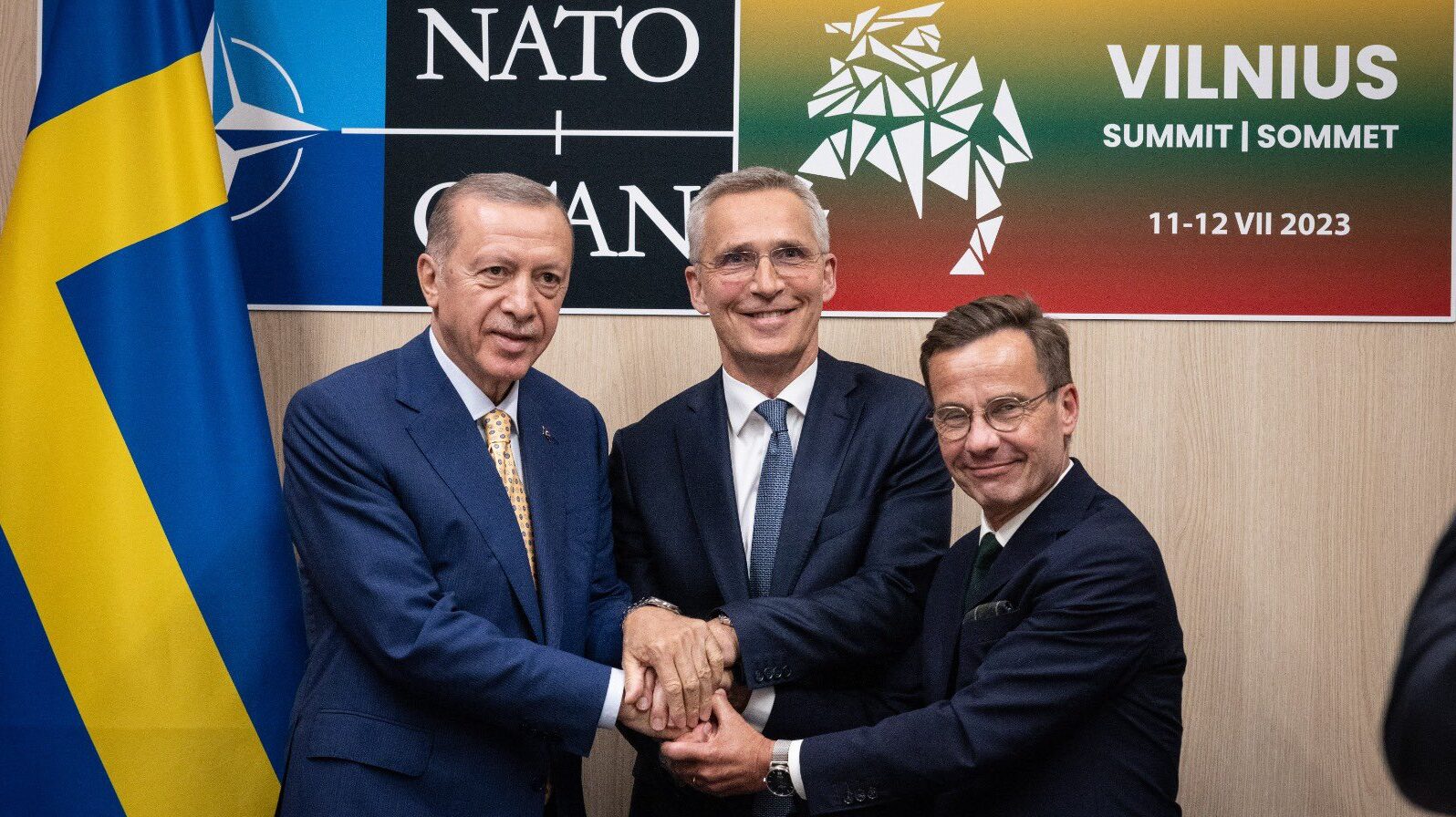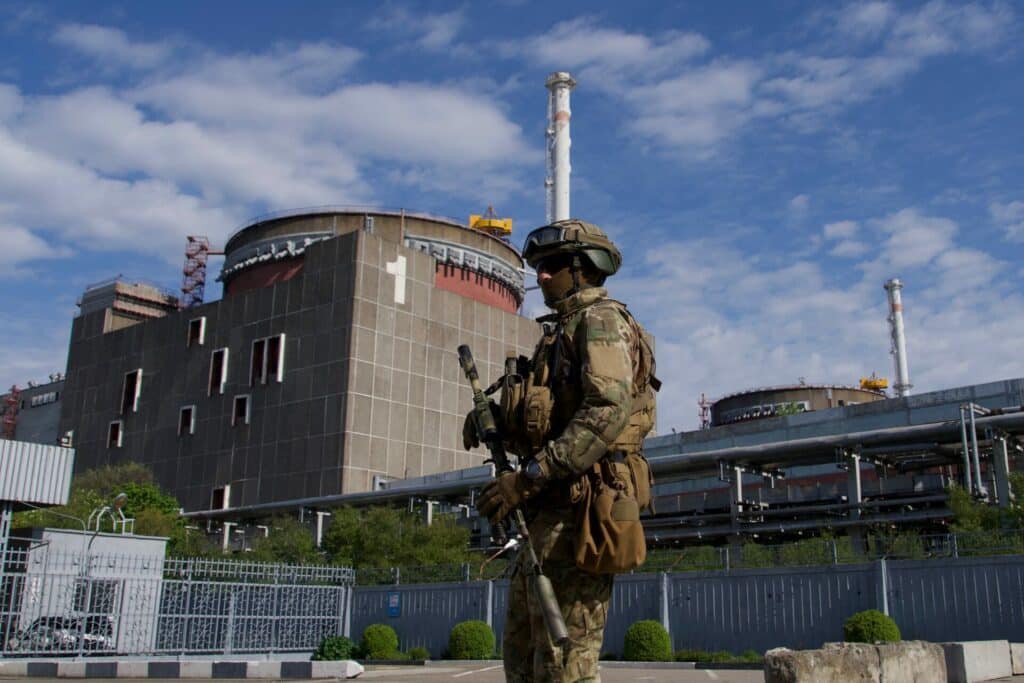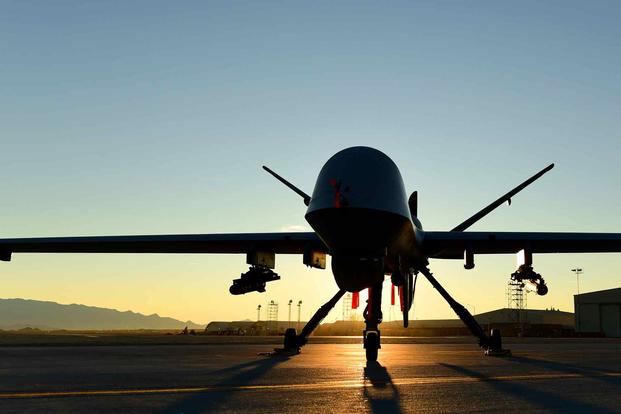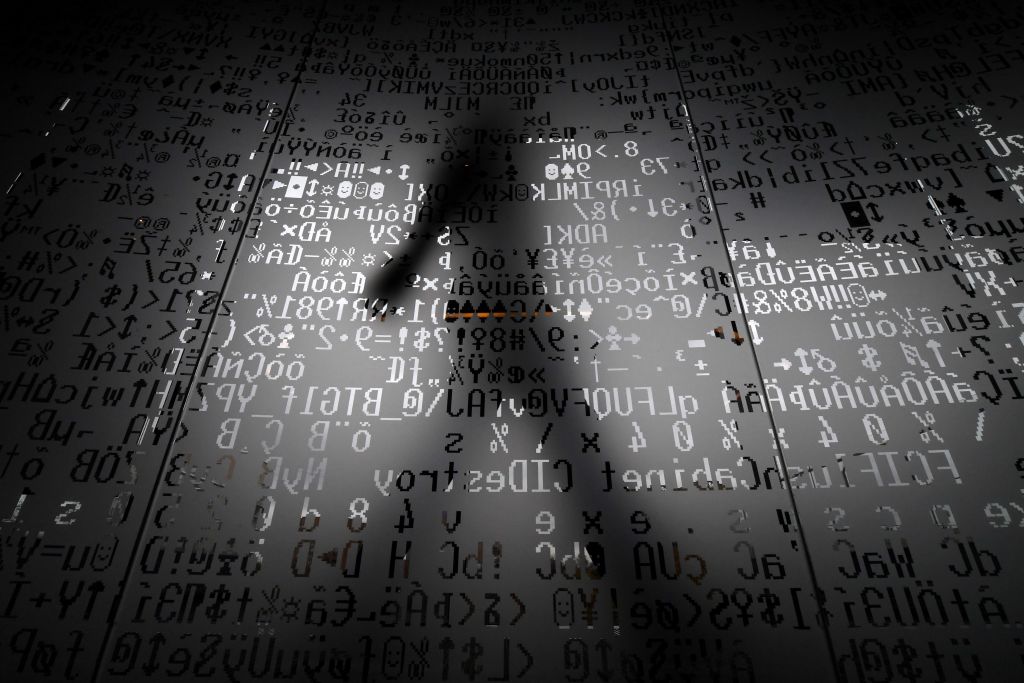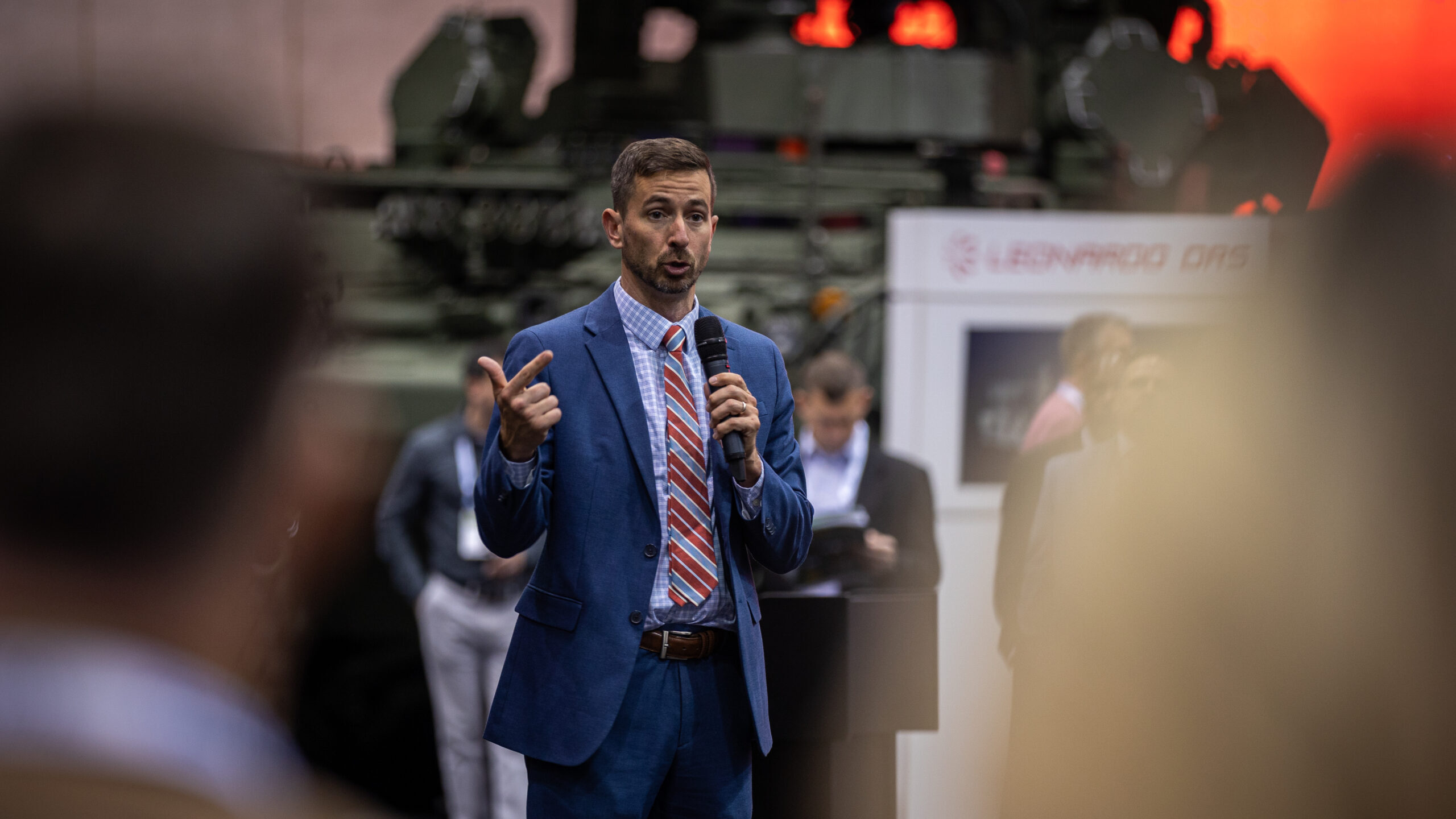SHRUTI SHARMA
In November 2022, the ransomware attacks on the All India Institute of Medical Sciences (AIIMS) and the Indian Council of Medical Research (ICMR) exposed the vulnerability of India’s biomedical research organizations to cyber attacks. These organizations are increasingly becoming victims of cyber attacks due to the sensitive data they hold, such as patient samples, pathogens, incubators, and so on. Reports suggest that the cyber attack on AIIMS resulted in the compromise of data for about 30 to 40 million patients, including high-level political figures.
Biomedical organizations are often rendered more vulnerable to cyber attacks due to minimal awareness regarding potential cyber threats among researchers, limited communication between the research and IT teams, insufficient safeguards to prevent cyber attacks, and budgetary constraints.
The attacks on AIIMS and ICMR should therefore act as a warning for biomedical institutions in India to implement cyber hygiene best practices to ensure the security of their organizations.
The work produced by biomedical institutions should be protected for two reasons:If the work is stolen or lost before it is completed, credit may not be given to the right person. For example, the discovery of the structure of DNA is attributed to Watson and Crick and not Rosalind Franklin.
Trust is key for the field. If trust is lost due to data theft, it might lead to reputational damage, resulting in difficulties in acquiring further data for research.
Cyber-biosecurity is an emerging field that could be a starting point for biomedical institutions in India to cultivate best practices to prevent cyber attacks and raise awareness among researchers regarding the need to implement them. Cyber-biosecurity does not supersede cybersecurity or biosecurity; rather, it highlights the vulnerabilities at the growing interface between the biomedical and cyber worlds. Implementing cyber-biosecurity can ensure accurate identification of valuable assets and establish the right safeguards to protect scientific research.






